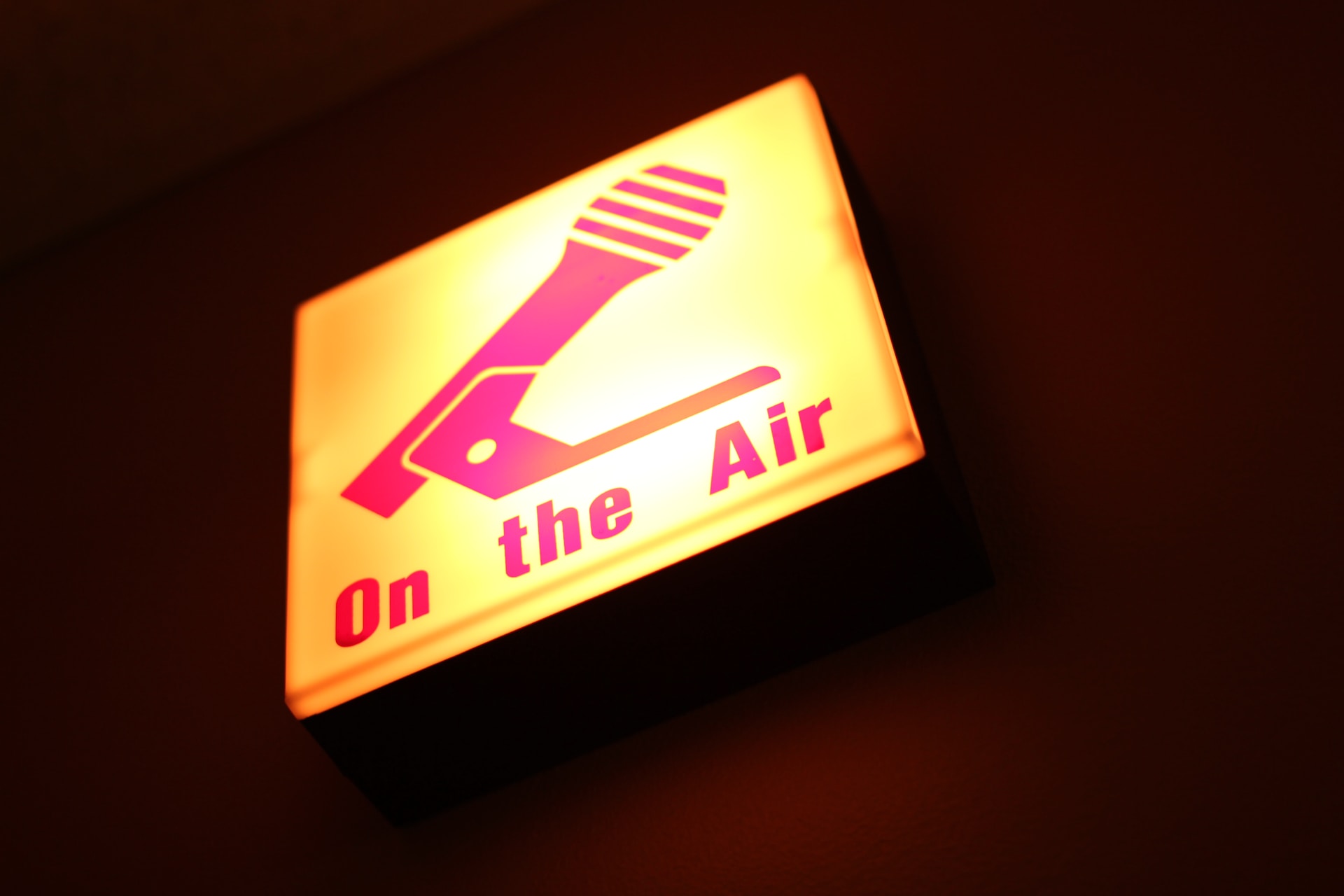

Our multi ensemble management system empowering users to oversee multiple DAB ensembles seamlessly through a unified user interface. Users can efficiently allocate resources, configure services, and monitor performance across different ensembles, providing a cohesive and user-friendly experience .
In simple terms, service-oriented configuration means that each service provider can independently manage and set up their own services without needing input or coordination with other service providers. Think of it like booking a hotel room – each provider can book configurations on their own. The Controller, a central component, has built-in intelligence to take these individual requests and generate an overall configuration that satisfies the needs of all the service providers.


This feature provides flexibility for service providers to add a particular service to more than one ensemble if necessary. However, there's a condition – the service provider must be allocated both capacity and unique identification (IDs) on each ensemble where they want to add the service. It's crucial to understand that services are treated as a whole, meaning that when a service is assigned to an ensemble, all its components are also allocated. It's like getting access to different facilities in a club – you need both the membership and specific permissions for each area. In essence, these operating principles aim to streamline the management and configuration of services, allowing individual providers autonomy while ensuring a cohesive and well-organized overall system.
MultiMuxa’s in-built Data Services module allows effortless data contribution to the ensemble.
The MULTIMUXA ENCODER supports multi-channel DAB+ (MPEG HE-AAC
V2) and
(MPEG Layer II)
audio encoding, allowing dynamic reconfigurations without signal interruption. This
versatile encoder software handles up to 32 incoming audio streams, seamlessly integrating
ensemble-specific data and data services. We employ the Dolby
codec for
superior audio quality, providing various bit rate and audio mode combinations for
HE-AAC V2
codecs at different sample rates.
These include mono, parametric stereo, and
stereo
configurations, accommodating bitrates ranging from 16 to 192 kbps.
Additionally, PAD
insertion is facilitated through connection to the Data Server using the RPC API shared with
the Controller.


The user interface of the system seamlessly integrates both the main and redundant systems into a unified display, providing users with a comprehensive overview from a single interface. Additionally, the UI incorporates a comprehensive alarm display, presenting all relevant alarms from both systems. This ensures that operators can promptly identify and address any issues, contributing to a streamlined and user-friendly experience.
All products operate using a RESTful interface, using HTTPS.
Access
to the management interface can be via the User Interface or via API
(documentation is available upon request).
User Access is based on service provider grouping with multiple
access levels.
Traffic Announcement signalling via API or xNode GPIO
Manual or scheduled Reconfigurations.
System alarming via API GET or via SNMP v1 & 2c trap, including:
Audio Silence,
PAD Connectivity,
EDI Input/Output Health,
System Time Health.
System Logging is avalible for all aspects of the system health and
can be downloaded as CSV.
 Intel i5/i7 CPU (Coffee Lake generation or
newer)
Intel i5/i7 CPU (Coffee Lake generation or
newer) Memory - 8GB RAM
Memory - 8GB RAM Storage - 2GB free disk capacity for
installation
Storage - 2GB free disk capacity for
installation Redundant Power Supply Units recommended
Redundant Power Supply Units recommended
Intel Xeon E5/Silver CPU (Coffee Lake generation or newer)
Suitable RAM, SSD/HDD to accommodate the required number of
Virtual Machines:
 16 vCPUs of which (minimum per VM):
2 Sockets
8 Cores per Socket
16 vCPUs of which (minimum per VM):
2 Sockets
8 Cores per Socket Memory - 8GB RAM
Memory - 8GB RAM Storage - 2GB free disk capacity for
installation
Storage - 2GB free disk capacity for
installation
 Windows Operating System:
Windows Operating System: Linux Operating System:
Linux Operating System: Multimuxa supports deployment in a containerised
environment, via either
Linux/Windows hosts and containers.
Multimuxa supports deployment in a containerised
environment, via either
Linux/Windows hosts and containers. Compatible systems include:
Compatible systems include: